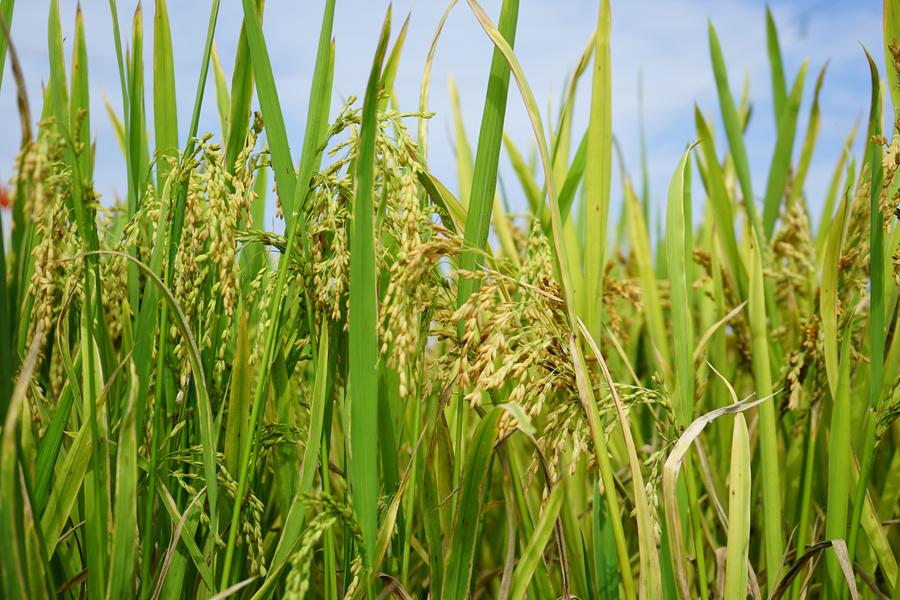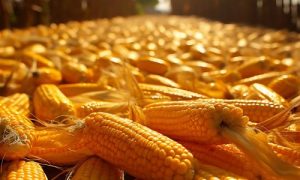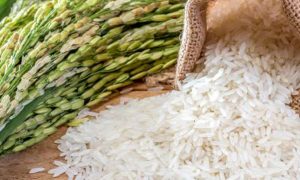A Perfect Storm: The Collapse Of Pakistan’s Crop Production

Pakistan’s 2024–25 cropping year saw a 13.5% decline in major crop output due to policy missteps, climate shocks, water scarcity, and systemic inefficiencies. Cotton fell 30.7%, wheat 8.9%, and maize 14.7%. Misguided reforms, irrigation losses, and market barriers worsened outcomes. Only rice showed resilience through deregulation. The collapse threatens food security, exports, and rural livelihoods across the country.
In Pakistan’s agricultural heartlands of Punjab and Sindh, a crisis unfolded during the 2024-25 cropping year, slashing production of the nation’s five major crops—wheat, cotton, rice, sugarcane, and maize—by 13.5%. Cotton bore the heaviest blow, plummeting 30.7%, followed by maize at 14.7%, wheat at 8.9%, rice at 1.4%, and sugarcane at 3.9%. This decline was not the result of a single misstep but a convergence of policy failures, climate volatility, water scarcity, and structural inefficiencies. Below is a factual, data-driven analysis of the causes behind this agricultural collapse.
The 2024-25 season was marred by policy decisions that undermined agricultural stability. The Punjab government’s withdrawal of the minimum support price (MSP) for wheat, initially set to incentivise planting, left farmers exposed to volatile market prices and middlemen exploitation. Official data from the Pakistan Bureau of Statistics (PBS) confirms wheat production fell by 8.9%, reflecting the fallout from this reversal. The federal government exacerbated the crisis by terminating commodity market interventions to meet IMF fiscal austerity demands, stripping away a vital safety net without transitional measures. This abrupt shift forced farmers into an unforgiving free-market environment they were unprepared to navigate.
Even well-intentioned policies misfired. The extension of fertiliser subsidies, aimed at reducing input costs, instead triggered supply chain disruptions. The Pakistan Agricultural Research Council (PARC) reported that fertiliser shortages peaked during key sowing periods, contributing to yield losses across crops, most notably cotton (down 30.7%) and maize (down 14.7%). These policy failures collectively destabilised the sector, eroding the foundation of Pakistan’s food production.
The rice sector’s success proves reform can work, but the broader failure of 2024-25 reveals a system ill-equipped to weather converging crises
Climate volatility struck with unrelenting force in 2024-25. The Pakistan Meteorological Department recorded a 25% rainfall deficit in rain-fed regions during critical sowing months, wilting wheat seedlings and driving the 8.9% production drop. Conversely, late and erratic monsoons triggered flash floods in rice-growing areas, contributing to a 1.4% decline despite the crop’s relative resilience. Average temperatures in key agricultural zones rose by 1.2°C above the long-term norm, intensifying heat stress on water-intensive crops like sugarcane, which saw yields fall 3.9% despite a 1% acreage increase.
Pakistan’s ranking as the 8th most climate-vulnerable nation (per the 2021 Global Climate Risk Index) underscores its exposure. The 2024-25 season exemplified this vulnerability, with erratic weather patterns amplifying losses across the board and exposing the sector’s lack of adaptive capacity.
Water shortages compounded the crisis, driven by inefficiencies in the Indus Basin Irrigation System—the world’s largest contiguous irrigation network. The World Bank estimates that up to 60% of its water is lost to seepage and evaporation, a figure borne out in 2024-25 as surface water availability dropped 10% year-on-year. This shortfall hit rice and sugarcane hardest, with production declines of 1.4% and 3.9%, respectively.
Farmers turned to groundwater to bridge the gap, but over-extraction has depleted aquifers at a rate of 0.5 meters annually, according to the International Water Management Institute. This has accelerated soil salinisation, further eroding yields. With agriculture consuming 90% of Pakistan’s usable water (per FAO data), such mismanagement has turned a critical resource into a liability, deepening the production slump.
Chronic structural weaknesses magnified the season’s challenges. Over 50% of Pakistan’s farmers operate plots smaller than five acres (PBS data), limiting their ability to adopt modern machinery or techniques. This fragmentation contrasts with a small elite controlling vast fertile tracts, entrenching inequities. Productivity suffers as a result—cotton’s 30.7% drop partly reflects smallholders’ inability to mitigate climate and policy shocks.
Market access remains a chokehold. The Pakistan Institute of Development Economics (PIDE) estimates that 40% of rural producers lack direct links to formal markets, relying on middlemen who siphon up to 20% of farmgate value. This exploitative system trapped farmers in debt cycles during 2024-25, amplifying losses across crops like maize (down 14.7%) and wheat (down 8.9%).
Amid widespread decline, the rice sector offered a counterpoint. Though production dipped 1.4% in 2024-25, exports hit $4 billion in 2023-24, fueled by deregulation and private investment. The removal of minimum export prices, streamlined licensing, and reduced bureaucratic hurdles enabled exporters to capitalise on global demand spikes. Investments in milling, hybrid seeds, and logistics bolstered competitiveness, achieving a 25% export growth rate over the prior year. This resilience highlights the potential of targeted policy reform, standing in stark contrast to the stagnation elsewhere.
The 13.5% production drop reverberates beyond the fields. Agriculture, accounting for 20% of GDP and 40% of employment, is Pakistan’s economic backbone. Wheat’s 8.9% decline threatens food security for a population of 240 million, while cotton’s 30.7% fall jeopardises the textile industry, which generates 60% of export earnings. Food inflation, already at 30% in mid-2024, risks escalating, fuelling social unrest. Dwindling agricultural exports—down 10% year-on-year—strain foreign reserves, compounding Pakistan’s balance-of-payments woes.
Globally, Pakistan’s shortfall as a rice and cotton exporter tightens supply chains already stressed by climate shocks, driving up prices. Domestically, the crisis tests a nation where 22% of people live below the poverty line, underscoring the stakes of this agricultural unravelling.
This collapse stems from a toxic blend of policy recklessness, climate hostility, water mismanagement, and structural neglect. The rice sector’s success proves reform can work, but the broader failure of 2024-25 reveals a system ill-equipped to weather converging crises. Pakistan’s fields, once symbols of abundance, now signal a stark warning of fragility.
To Read more about Rice News continue reading Agriinsite.com
Source : The Friday Times














